
Human Disease Vectors & Intestinal Worms


Human Disease Objectives
-
Describe the impact of vectors on humans, including the life cycle and disease transmission capabilities of mosquito species.
-
Explain how approximately one-third of humans have become infected with worms, including worm life cycles and impacts.
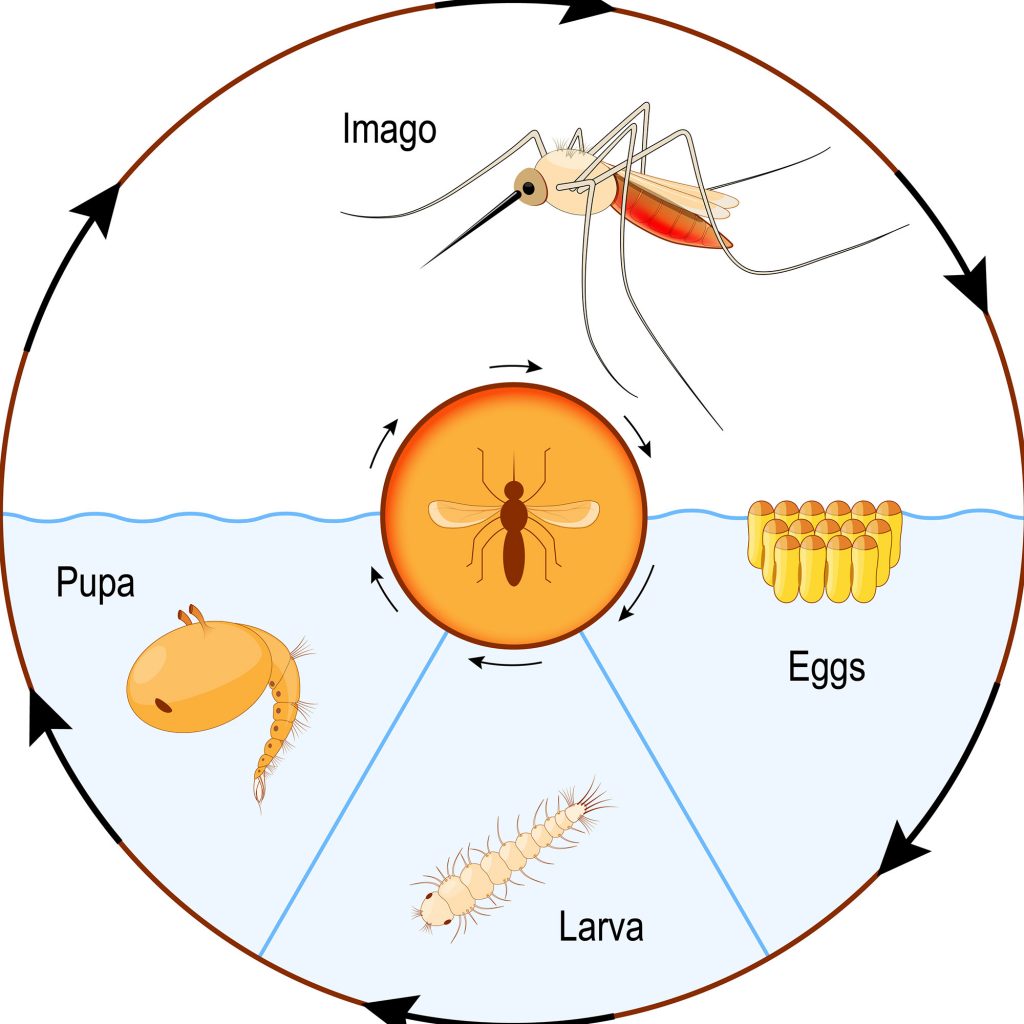
A vector is an animal that can transmit an infectious pathogen, like viruses or bacteria, to humans. If a dog bit a human and incidentally transmitted the virus that causes rabies, then that dog would be a vector. However, the most common vectors are arthropods.
This video provides an overview of the significance of arthropod vectors.
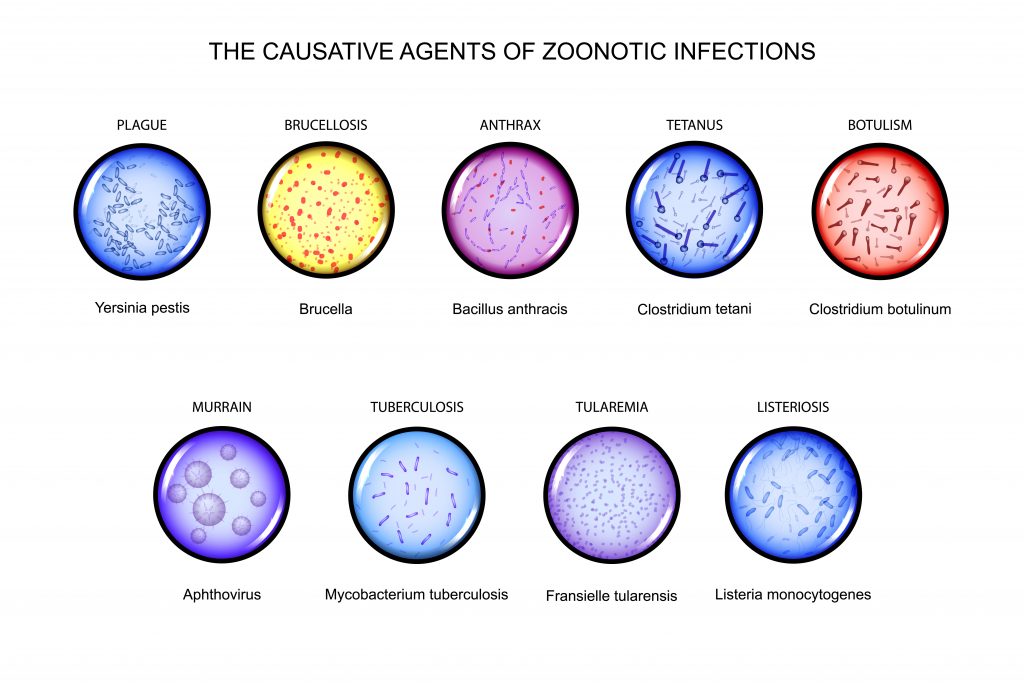
Zoonotic diseases spread between animals and humans. Sometimes one species is the primary or “definitive” host, the body in which the pathogen reproduces. The pathogen may also live in intermediate hosts that can carry the pathogen to another primary host.
Toxoplasmosis is caused by Toxoplasma gondii (also called T. gondii), a protist (single-cell eukaryote) that can only reproduce sexually in the intestines of cat (felid) species, but can infect and proliferate asexually in other mammals, including humans. Humans primarily acquire the parasite by eating undercooked meat but can also acquire the parasite from an infected cat’s fecal material.
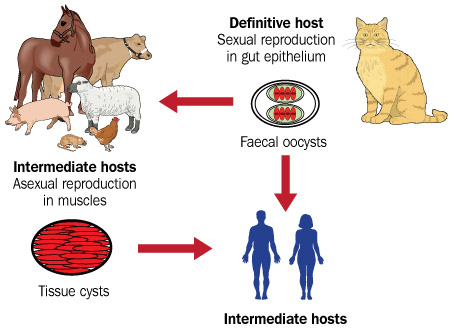
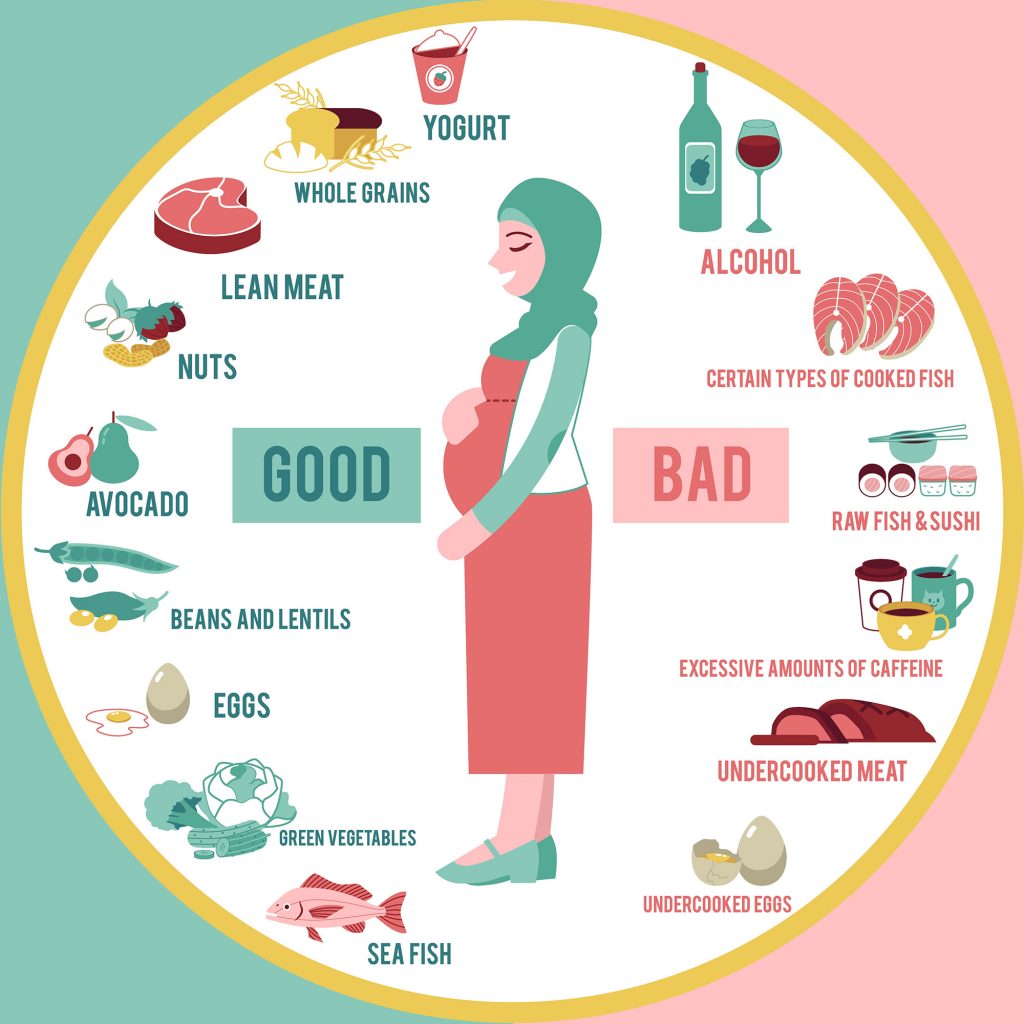
An estimated 30% of people worldwide and 20% of people in the Americas have at some point been infected with T. gondii. Most infected people do not show symptoms, and those people with symptoms experience flu-like muscle pain and swollen lymph nodes. Concerns have arisen related to infection in people with compromised immune systems and pregnant women. This is one of the reasons for why you may have seen global advertising against consuming undercooked meat.
Research is ongoing on whether infections from T. gondii impacts human mental health. People with blood antibodies against the parasite, indicating they had been or still are infected, have higher rates of some conditions, including schizophrenia and bipolar disorder. However, this is a common parasite in our species and further studies are needed to see whether there is actually a cause and effect relationship.
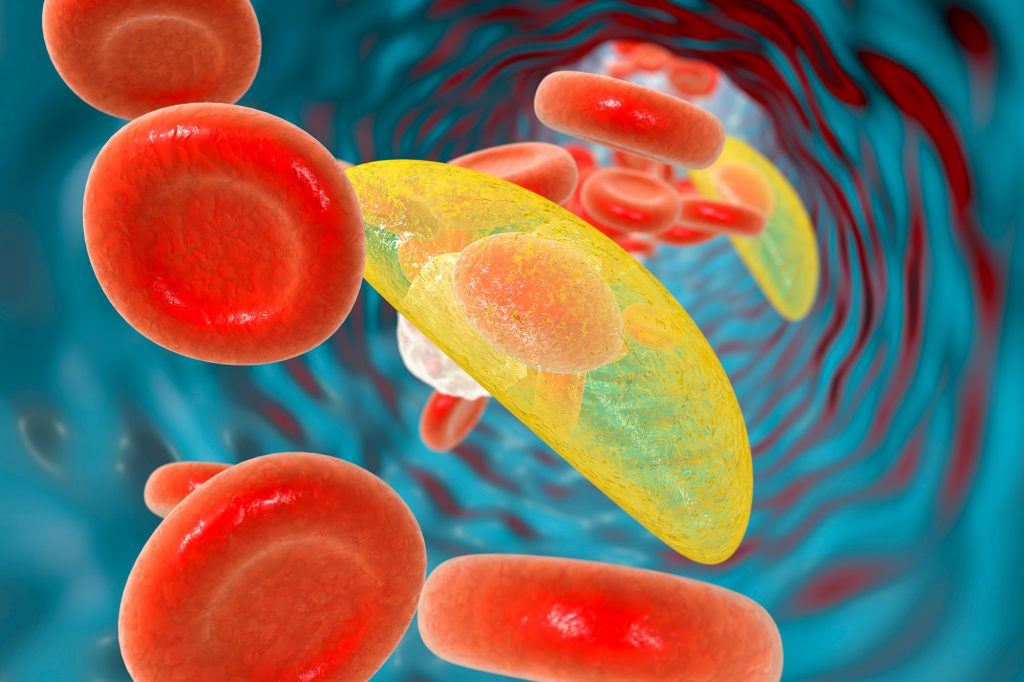
We’re taught when we are young to wash hands repeatedly; it’s a message worth repeating if you work around animals or have pets.
Intestinal Worms

Approximately two billion people on Earth are infected with worms. The number is staggering. Clearly these worms are not typically lethal, or we would have heard of these numbers before. However, worms often reside in the intestines, stealing nutrients away from their human hosts. This section introduces parasitic worms and their impact on humans.
First, an introduction to the various worm taxa, including two that include worm species that parasitize humans.
Just to reiterate: most worm species are not harmful to humans, some species are beneficial like earthworms. These Planaria flatworms are commonly found in freshwater where they are omnivores and are eaten by larger carnivores. Those big eyespots detect light and are one of their most recognizable features. We keep them as pets.
Back to the parasites.
This video shows how humans become infected, how large the worms get, and their impact on the human population.
It’s time to see real worm specimens, including tapeworms and Ascaris roundworms
Note: some of these worms can be disturbing. If you have had a cat or dog with worms, you know what we are talking about.
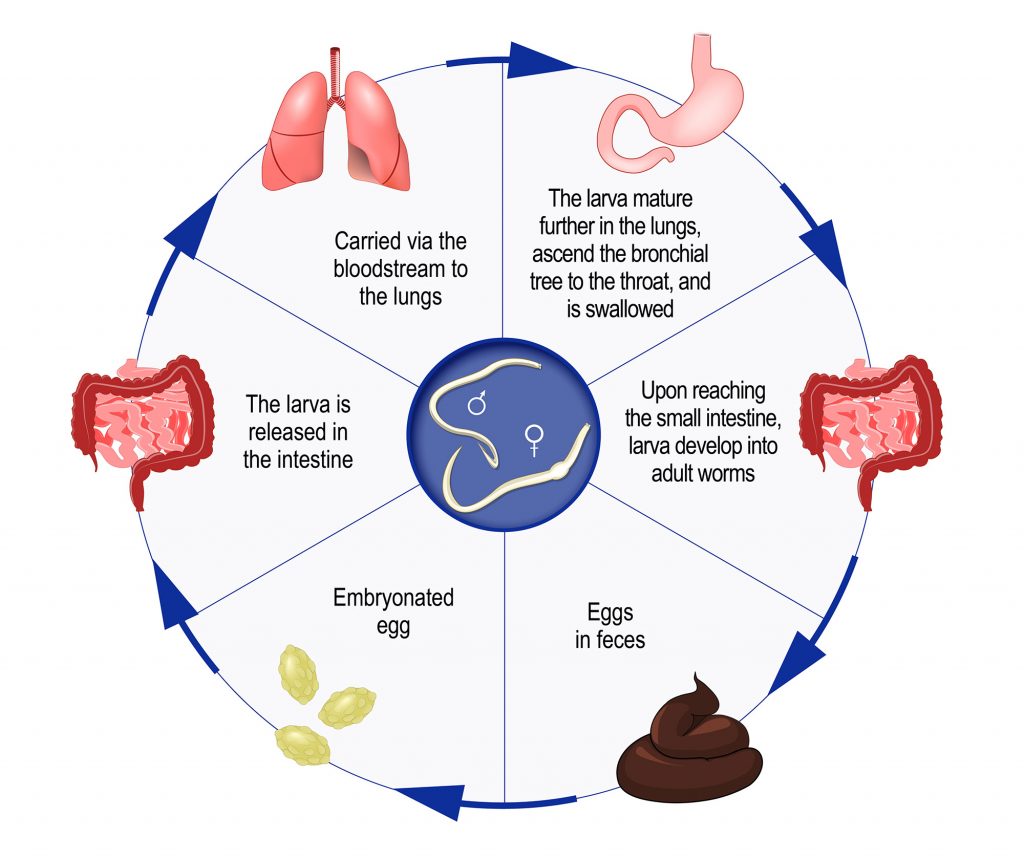
The larvae of Ascaris roundworm can leave the intestines, travel though blood vessels in the lungs, move up the trachea (windpipe) and get swallowed, re-entering the intestines to grow into adults. All grotesqueness of this aside, the lung migratory stage is particularly dangerous for people who may already have lung damage from Tuberculosis (TB) and other diseases. Researchers have noted that there are fewer “lung migrators” in some populations of Ascaris.
A hypothesis is that intestinal worms are co-evolving with our species to become less deadly. The last thing intestinal worms need to do is kill their host where they feed, grow, and breed, releasing eggs with fecal material. Fewer lung migrating worms may improve worm fitness, and be less dangerous to humans.

Next we will explore the process of lifelong learning, including investigating animals well beyond this course.

Check your knowledge. Can you:
-
describe the impact of vectors on humans, including the life cycle and disease transmission capabilities of mosquito species?
-
explain how approximately one-third of humans have become infected with worms, including worm life cycles and impacts?



